As well as being somewhere to eat, entertain and sleep, a stilt house is where a family worships its ancestors and works at tasks like weaving and embroidery. The most important room is the kitchen, which is usually set in the center of the house and serves as a meeting place where the family gathers at the end of the day.

On the lower level of a Thai house, the family entertains guests, cooks and weaves.
Stilt houses are made from wood, bamboo, cane, or rattan. A traditional stilt house typically has an area for drying rice, set one or two steps below the main level. The area under the house is either unused or used as a pen for livestock.
Tay and Nung people in northwestern Vietnam (including Lang Son and Cao Bang) typically build their stilt houses up against a slope. Ideally, the front of the house should overlook fields; close views of mountains, rivers and forests are avoided. The Tay and Nung believe that a mountain peak is like an arrow, which, if pointed at a house, might injure its residents. Trees, meanwhile, are associated with fierce beasts, and thought to bring bad luck to livestock. Nearby streams are thought to cause money to flow away from a house.

Xa pho ethnic minority's stilt house
Tay and Nung houses are usually narrow in front and supported by seven or nine rows of columns running along the sides. Villages typically consist of houses set parallel to each other along a hillside.
Since Viet people traditionally lived on flat, spacious plains, their stilt houses are wider. A typical Viet stilt house has two staircases on the left and right sides. The walls are made from thin boards. The roof rests on one or two pillars and two beams. The right side of the house is used for worship, entertaining guests and the men's quarters, while the left side is reserved for women

Muong ethnic minority's stilt house
Muong people build stilt houses that include characteristics of Viet, Tay and Nung houses, while Thai people have a very distinctive house style. All houses in a Thai village face high mountains and forests, since this view is thought to increase vitality. It is considered unlucky to build a house facing a gap between two mountain peaks.
Like other groups, the Thai position their houses facing north to south. They divide the living space into two: a higher level, restricted to family members, is used for worship, relaxation, and sleep; the lower level is where the family entertains guests, cooks and weaves. There are two doors and two covered porches. The left-hand door is called chan and the right-hand door is called quan. Family members may use both doors, but visiting women must use the chan door, while visiting men must use the quan door.
A new son-in-law sleeps in the right porch, which is called the tang quan. The left porch, or tang chan, is used for drying rice and clothes. Thai houses have beautiful windows, measuring 60cm by 100cm, set close to the floor in the front wall. The roofs are highly distinctive in that they are comprised of four panels. Two flat panels are linked by curved gables over the porches.
Bana, Xedang, and Giarai people living in Vietnam's Tay Nguyen (Central Highlands) build huge stilt houses known as rong. The roof of a rong is incredibly steep and tall, like the blade of a hole. In front of a rong stands a balcony. These stilt houses serve as communal halls.ff
The Ede, a matriarchal group in Dak Lak province, live in stilt longhouses. The homeowners' bedroom faces east, while the guest room faces west. The roof is highly unusual in that it is trapezoid-shaped, with the longer end at the bottom.
This roof is supported by columns and extends from one to one-and-a-half meters in the front and back.
The interior is equally strange, as the roof is so tan and narrow. Most of the house is taken up with the living room, supported by four columns: the master column, guest column, drum column and gong column. Guest seating entails benches made from old trees, 27 to 30 meters in length, which are intricately carved.
Whatever their style and size, Vietnam's traditional stilt houses complement their natural settings. Simple and unimposing, these houses reflect the unique cultures of Vietnam's diverse ethnic groups.
Vietnam Tourism- Vietnam Travel Company- Tours in Vietnam

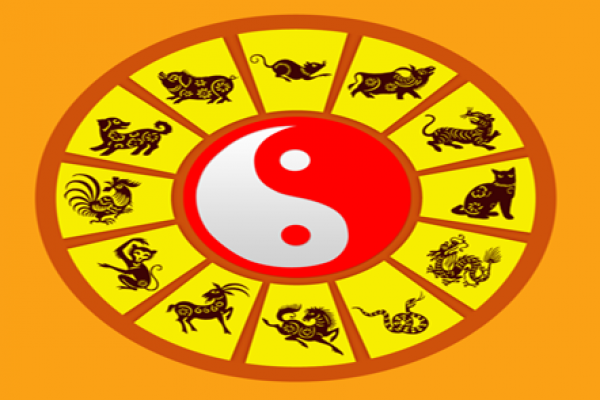
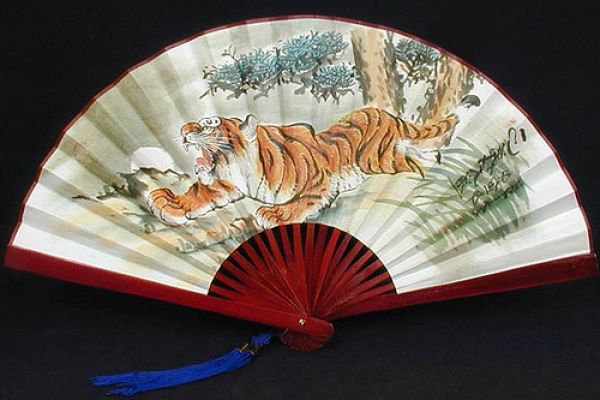

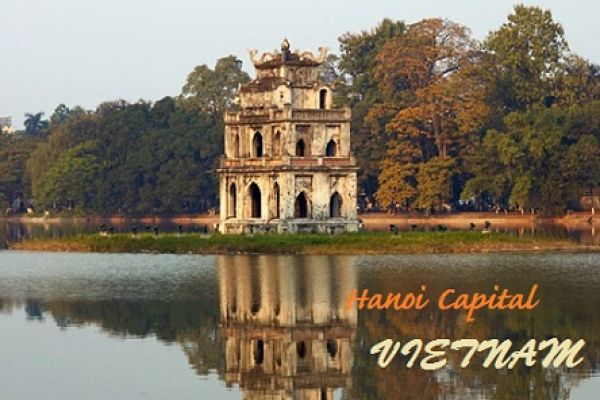
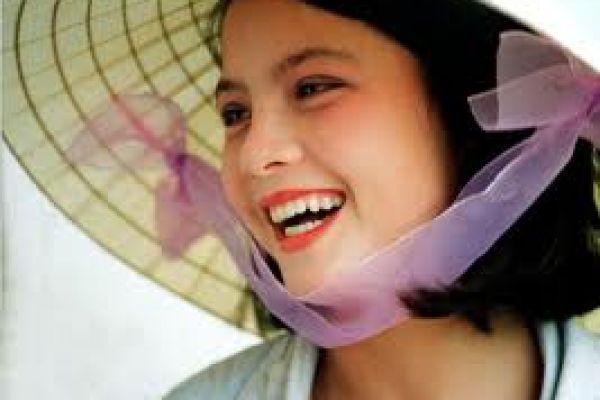
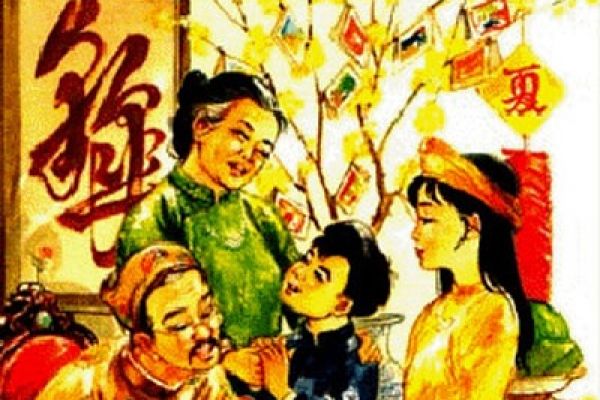
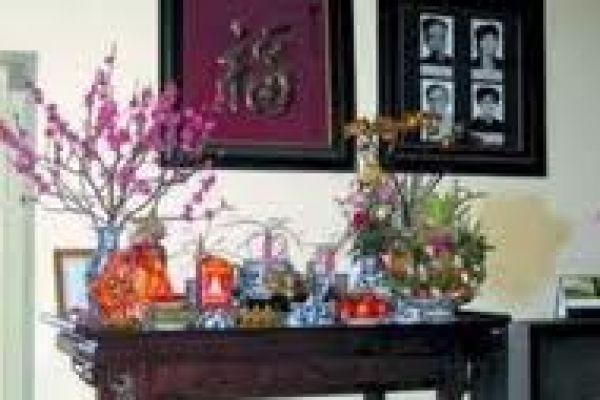
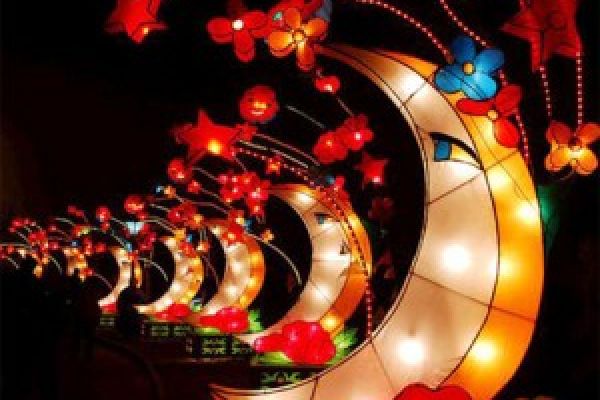
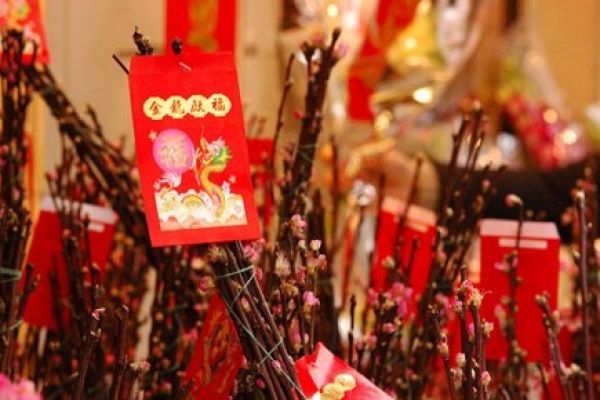


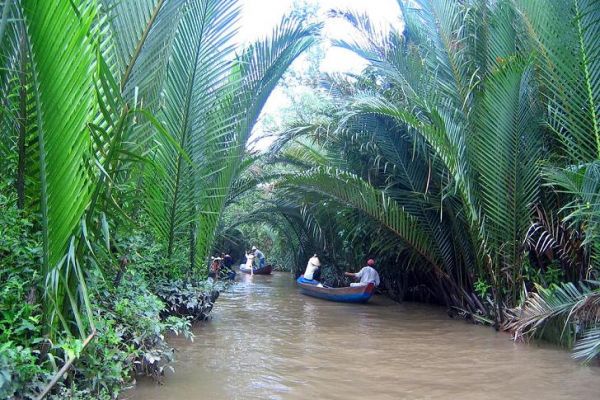
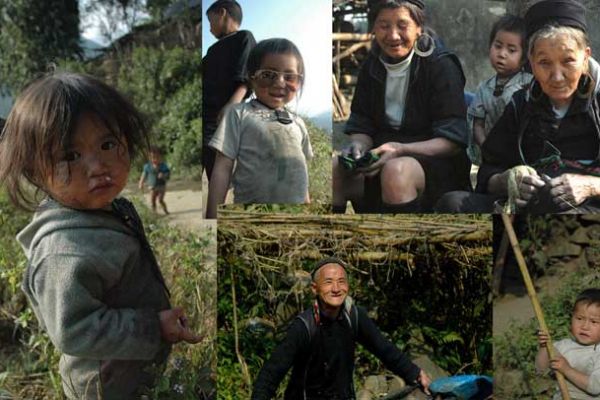
.jpg)
 Tags:
Tags: 